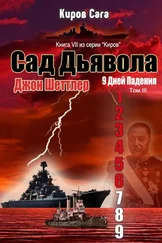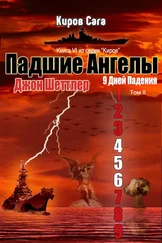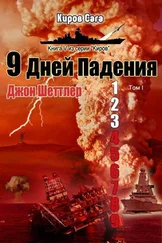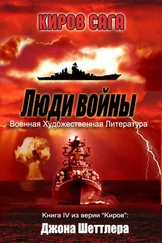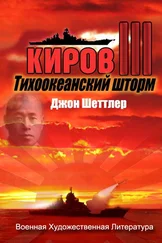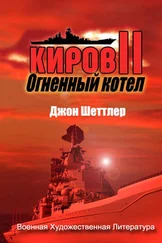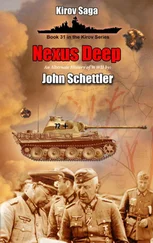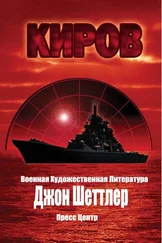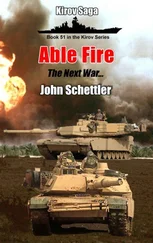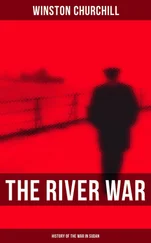Джон Шеттлер - Condition Zebra - The Next War - 2025
Здесь есть возможность читать онлайн «Джон Шеттлер - Condition Zebra - The Next War - 2025» весь текст электронной книги совершенно бесплатно (целиком полную версию без сокращений). В некоторых случаях можно слушать аудио, скачать через торрент в формате fb2 и присутствует краткое содержание. Год выпуска: 2020, Издательство: The Writing Shop Press, Жанр: Альтернативная история, Боевая фантастика, на английском языке. Описание произведения, (предисловие) а так же отзывы посетителей доступны на портале библиотеки ЛибКат.
- Название:Condition Zebra: The Next War - 2025
- Автор:
- Издательство:The Writing Shop Press
- Жанр:
- Год:2020
- ISBN:нет данных
- Рейтинг книги:5 / 5. Голосов: 1
-
Избранное:Добавить в избранное
- Отзывы:
-
Ваша оценка:
Condition Zebra: The Next War - 2025: краткое содержание, описание и аннотация
Предлагаем к чтению аннотацию, описание, краткое содержание или предисловие (зависит от того, что написал сам автор книги «Condition Zebra: The Next War - 2025»). Если вы не нашли необходимую информацию о книге — напишите в комментариях, мы постараемся отыскать её.
After China seized the Ryukyu Island in Season 6, the war spun off on a tangent when Chinese warships began stopping commercial traffic in the Med. This led to commerce raiding there by the Chinese Navy, and a direct confrontation with the Royal Navy, based in Gibraltar and Malta. That battle rolled to the eastern Med in the defense of Malta, and then the Chinese ally and client state, Egypt, shut down the Suez Canal. Action shifted to the Canary Islands and Cape Verde Islands, as Beijing gave orders for its squadrons there to withdraw to the Indian Ocean.
Here, in Condition Zebra, the great grandson of the Admiral Wells we met in WWII now leads a strong Royal Navy fleet to Cape Town. His mission is to open the sea lanes north to the vital Persian Gulf region, but he is confronted by a strong Chinese Indo-Arabian Fleet that has been reinforced when their Med squadrons moved through the Red sea into the Gulf of Aden.
Now the strengths and weaknesses on each navy are exposed in the hard garish light of intense naval combat. The Chinese have no carriers here, and must therefore rely on land based air support, but the Indian Ocean is a very big place. While the British have good carrier based air support, Admiral Wells fins his ships outranged by the Chinese SSM’s and inadequately prepared for air defense against these new missiles. In Condition Zebra, both navies lock horns off Madagascar, as Wells pushes north on a mission to occupy Victoria in the Seychelles. Reinforcements are coming, as the American Carrier Strike Group Roosevelt embarks from Darwin to meet the British Fleet at Diego Garcia.
In the midst of this combat, Qusay Hussein, son of Saddam, launched a much belated invasion of Kuwait, and an action very much like the Gulf War ensues—only this time the Iraqi Army does not stop at the Saudi border. With the vast oil fields of Arabia in jeopardy, the 1st US Marine Division has been following the Roosevelt group in a massive sealift convoy bound for ports in Oman. As the land battle rages through the deserts of Saudi Arabia, the combined US and Royal Navy fleets must now confront Admiral Sun Wei’s reinforced Indo-Arabian Fleet.
Now the presence of a big deck American carrier makes a big difference, and the massive 40 ship Chinese fleet faces its biggest challenge in the crucible of naval fire. As this action ensues, Karpov finds that his only solace is in battle, and takes Kirov and Kursk south into the Java Sea. There they become embroiled in the battle to stave off another big Chinese Operation aimed at Singapore and the Malacca Strait.
Action from stem to stern in this one, and the war in 2025 explodes across the vast canvass of the Indian Ocean. Lurking in the background, the simmering hostility between India and Pakistan threatens to ignite yet another flashpoint and bring those two nuclear armed states into the war.
Condition Zebra is the opening book the final 8 book season of the Kirov Series, where the fate of the ship and crew will be decided once and for all… with the war in 2025.

